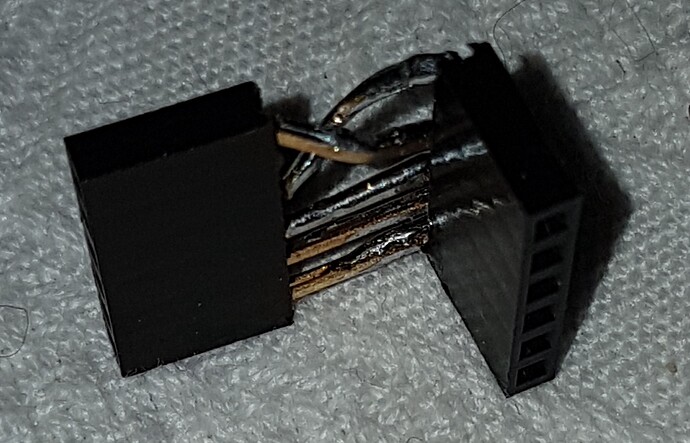Inspired by @TrystanLea’s “Huzzah” based emonESP/emonTx combo, I decided to try a similar thing with an RPi Zero W. Due to many other balls in the air right now progress is “intermittent” so for now I thought I would share some pictures and what I had tried so far.
The emonSD image runs on the Pi Zero W ok but I didn’t go to town on the services eg I didn’t use nodered etc.
It’s a bit slow to use over ssh but it will run quite happily, I would want to try and streamline things a bit for this to be a better solution, We have been spoilt by the resources of the Pi 3 and things could perhaps be more efficient.
I have not yet tried compliling a 4 CT version of the emonPi FW, but I see no reason for it not to work as the emonTx has the same resources as the emonPi add-on board, although having double the CT’s of an emonPi might reduce the time left for the RFM receiver to process received RF data.
The cheap case I used does impede using the rj45 connector but I could easily cut a bit of perspex away and use one les nut and bolt to allow access to the rj45, the next one I might try making a dog leg in the connector so the Pi lines up with the far rh side so it clears the rj45.
However! I have (unrelated to this directly) also written a 1-wire python script (first step towards an emonhub interfacer) so that temp sensors can be connected directly to the Pi’s gpio and each sensor id can be saved/defined in emonhub.conf so that the devices are always recognized correctly, I have tested with 18 ds18b20 sensors as that’s all I had to hand but the bus is supposed to accept upto 128 sensors and there are no restictions in the script or emonhub, so I’m guessing you could have as many as the PSU and the wiring will sustain up to (but probably not even close to) 128.
The Pi Zero is powered via the emonTx just like the emonESP is so both an AC:AC and an AC:DC power supplies are required like with the emonESP and also the emonPi setups.
The price of this is likely to be very close to the emonTx/emonESP hardware as the only difference is a emonSD and a Pi Zero with a cheap case, instead of the emonESP “huzzah” (around a tenner more perhaps) everything else would also be required for an emonESP. Except it’s not just a wifi emonTx, it’s a full emoncms and IoT server running emonHub too just like an emonBase or emonPi. Loadsa bang for your buck!.
I have deliberately used a different gpio pin for the emonTx reset so that the emonPi update cannot overwrite the FW and so it is possible to tell the devices apart in software, but this requires an edit to the pin number in the rpi-avrdude script to upload a sketch, that’s ok for a temp solution but not ideal, more thought on that required.
I will try and report back here once I make some more progress






